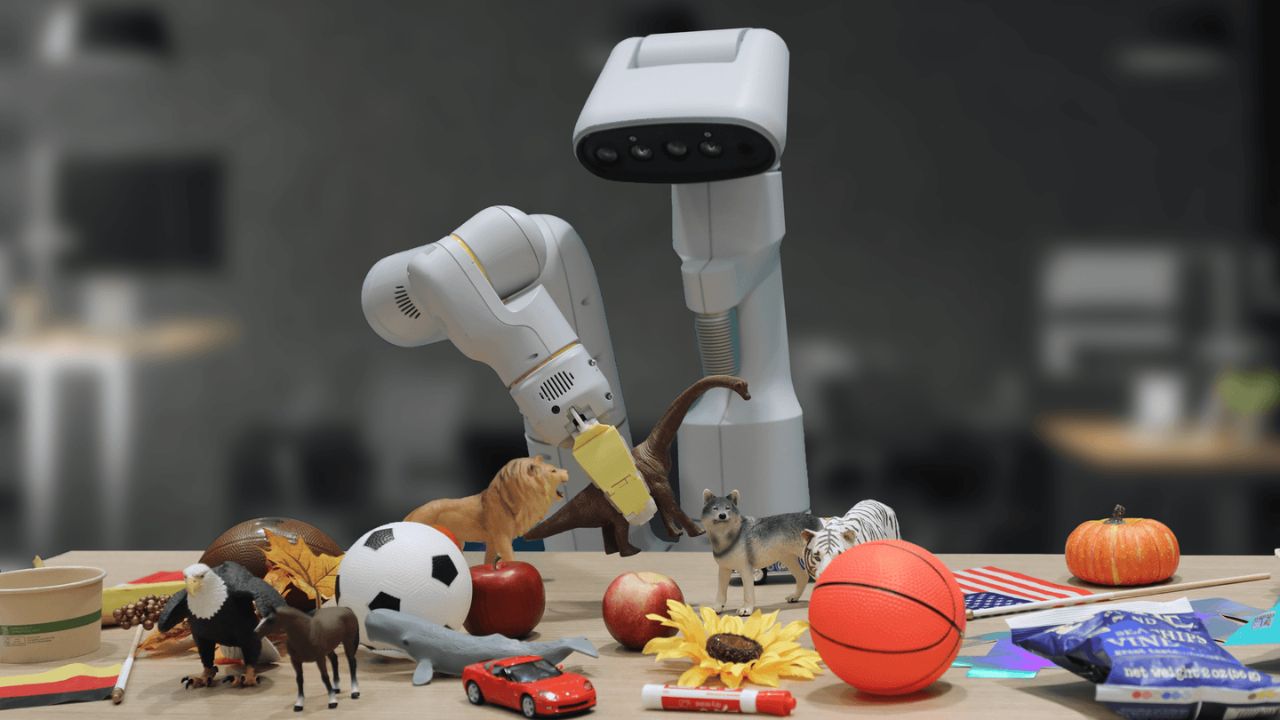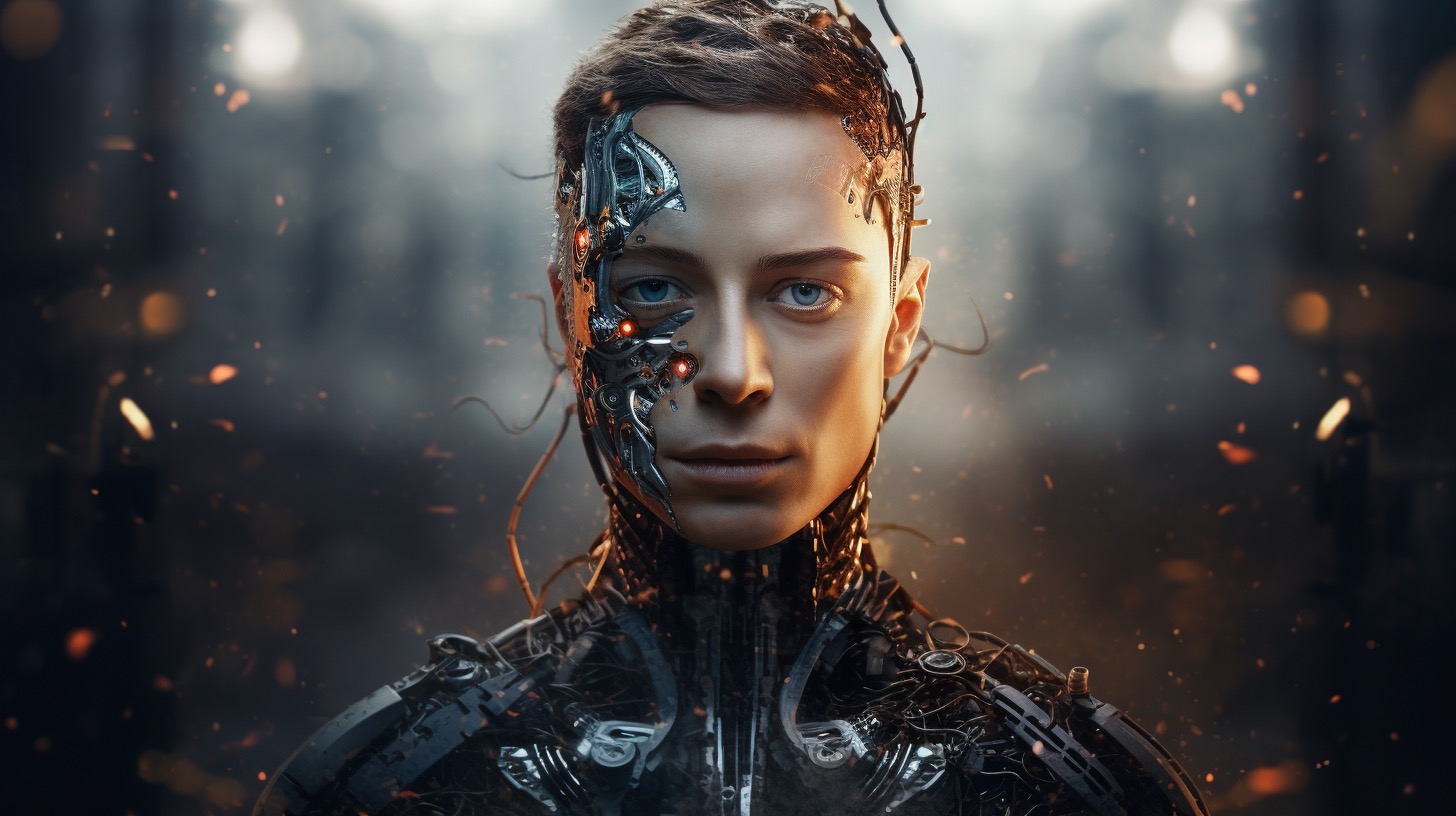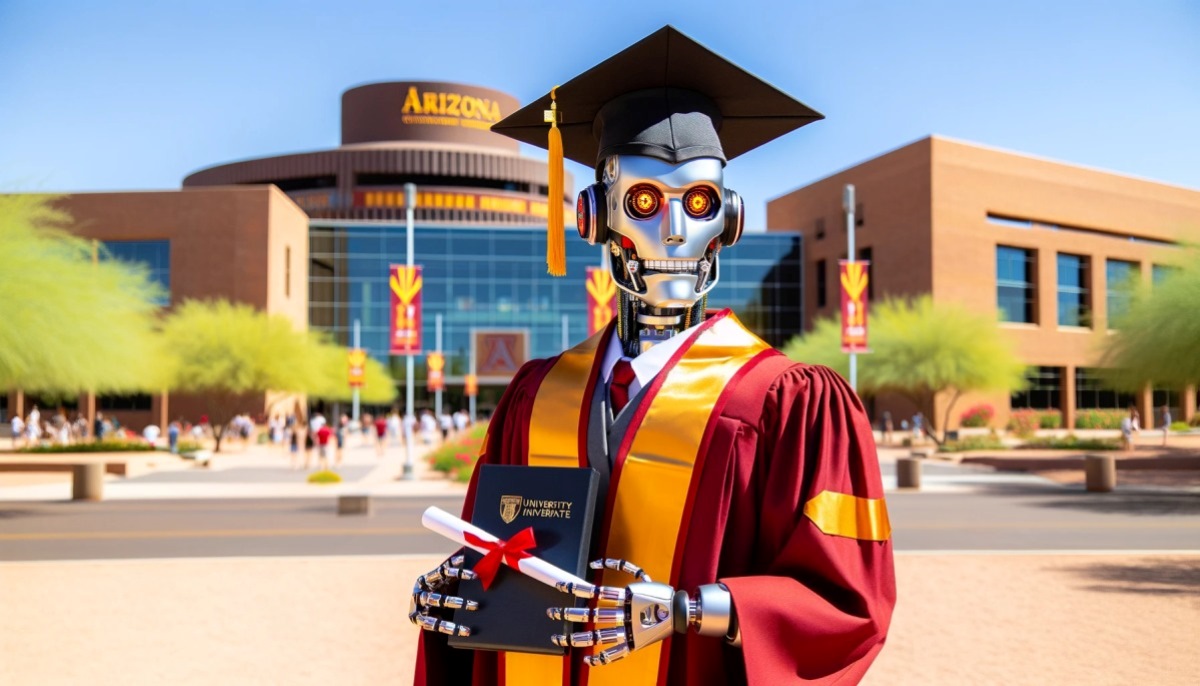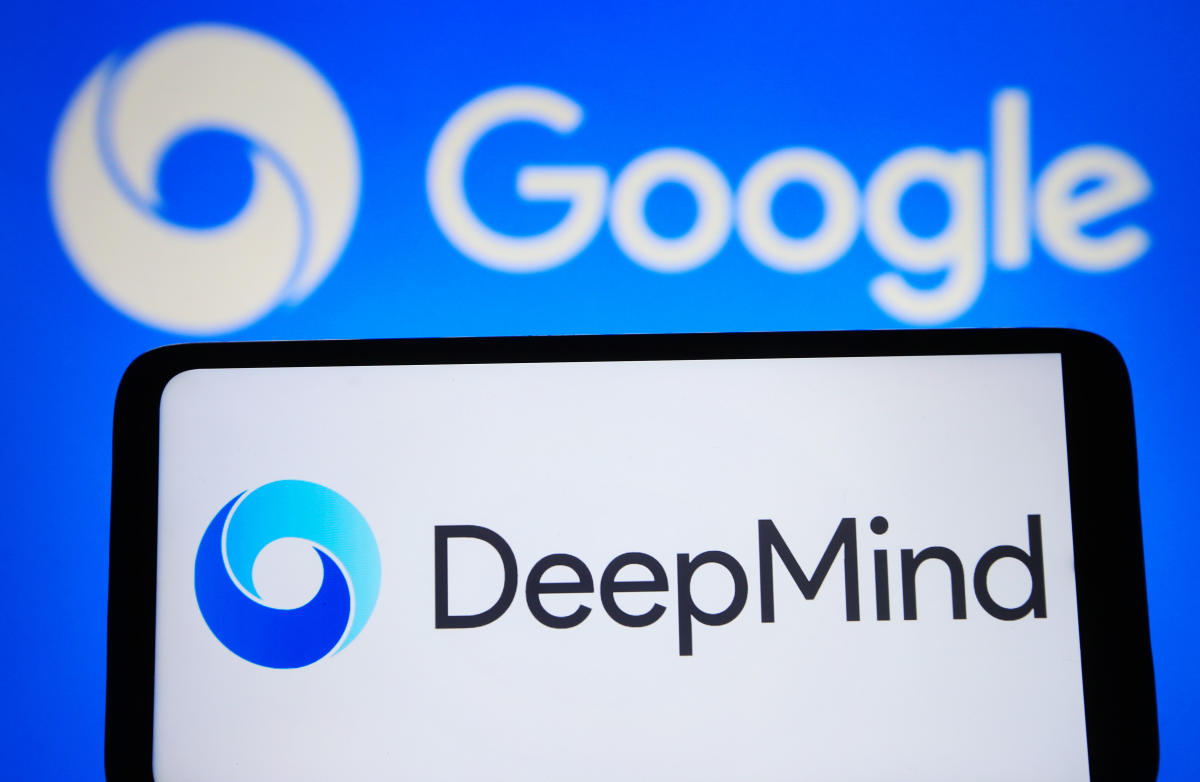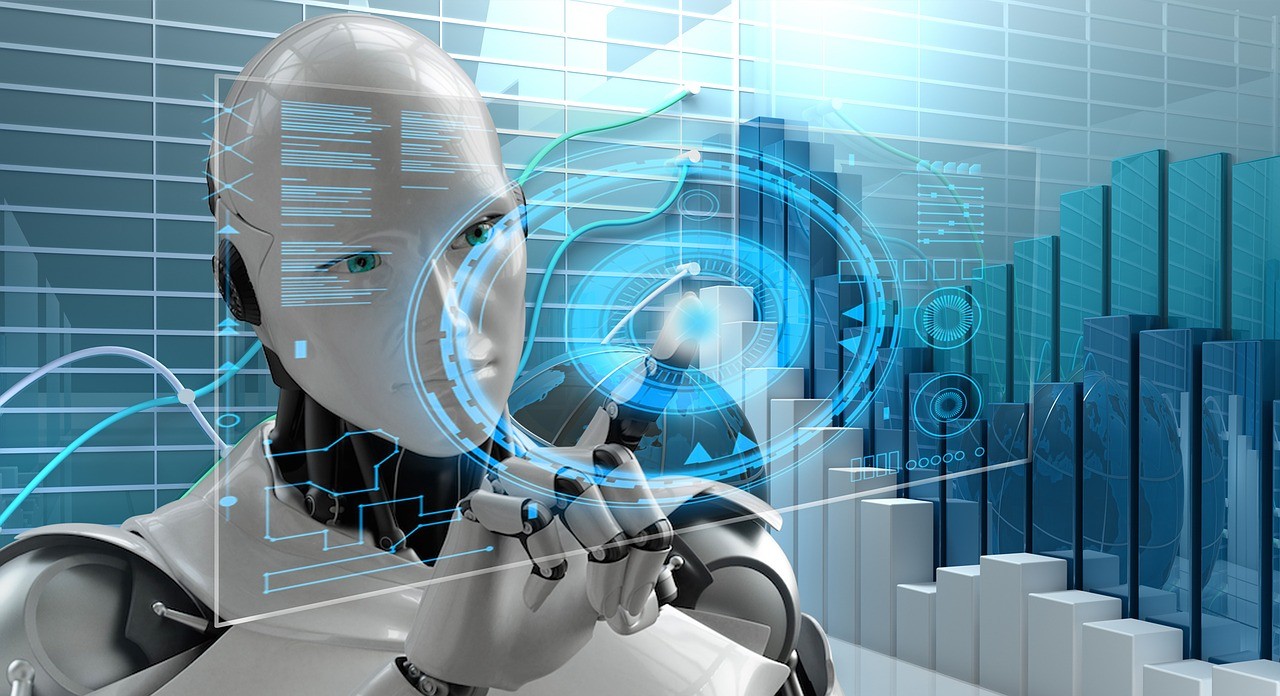Google’s DeepMind team recently introduced Open X-Embodiment, a database of robotics functionality that aims to propel robotics research forward, similar to how ImageNet advanced computer vision research. The database, created in collaboration with 33 research institutes, contains 500+ skills and 150,000 tasks gathered from 22 different robot embodiments. DeepMind trained its RT-1-X model using this data and achieved a 50% success rate, surpassing their in-house methods. The development of this database is a significant step towards training a generalist model that can control various types of robots and perform complex tasks.
Key Takeaway
Google DeepMind’s Open X-Embodiment database is a significant development in robotics research as it aims to train a generalist model capable of controlling various types of robots and performing complex tasks. The integration of generative AI and simulation plays a crucial role in advancing the field of robotics by enabling common-sense reasoning, planning, and interactions.
Understanding the Development of DeepMind’s Robotics Team
Vincent Vanhoucke, the head of robotics at Google DeepMind, shared insights into the company’s history of robotics research. He explained that the increasing advancements in perception technology, such as computer vision and audio processing, prompted the exploration of robotics in real-world environments. DeepMind’s focus shifted towards solving the intelligence aspects of robotics and leveraging machine learning and perception to control robots. Additionally, Vanhoucke mentioned the collaboration between the Everyday Robots team and DeepMind, which led to the development of machine learning-based control for robotic grasping.
The Role of Generative AI and Simulation in Robotics
Vanhoucke highlighted the significance of generative AI in robotics, specifically in the context of large language models. These models enable common-sense reasoning and understanding of the everyday world, which is crucial for robot planning and interactions. The integration of generative AI allows robots to reason about tasks and manipulate objects based on their understanding of the environment. Simulation plays a crucial role in robotics by providing a platform for data collection, analysis, and bridging the gap between simulated and real-world scenarios. Vanhoucke mentioned the potential of generative AI in generating future scenarios and planning robot actions.







